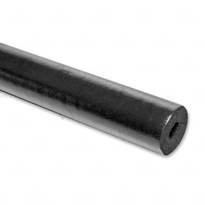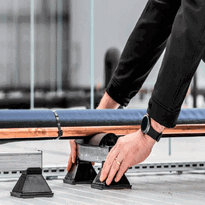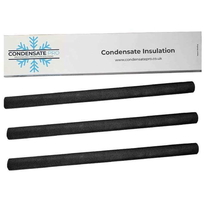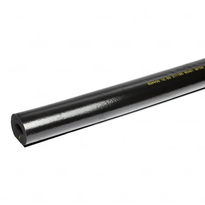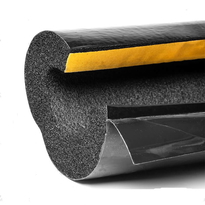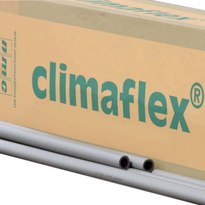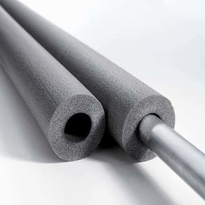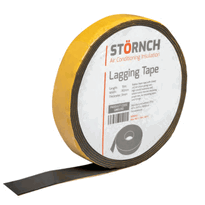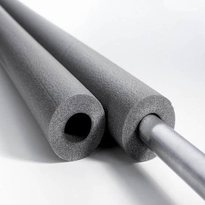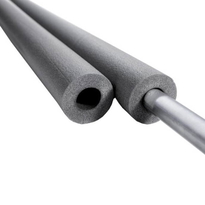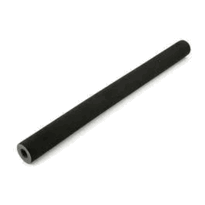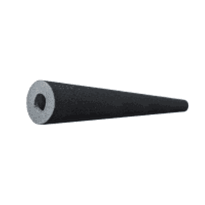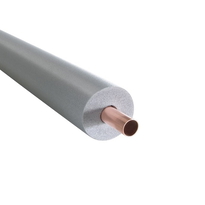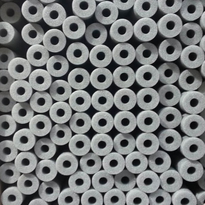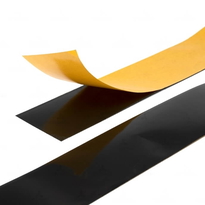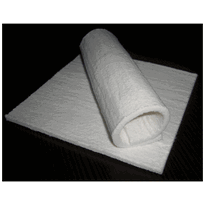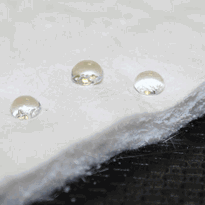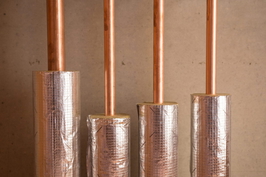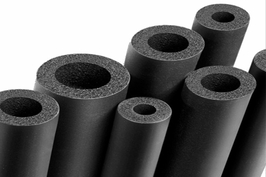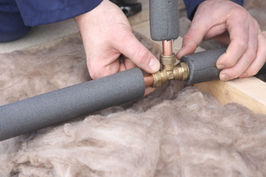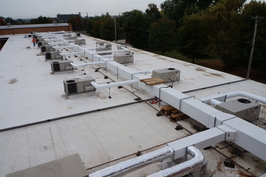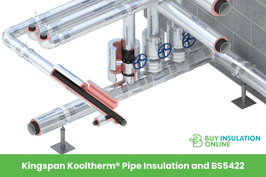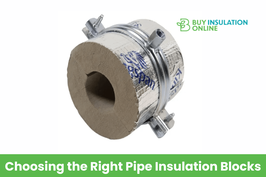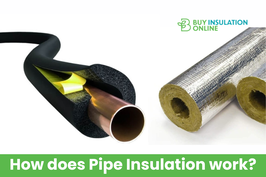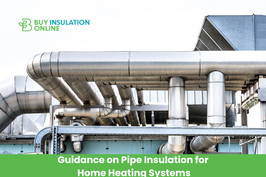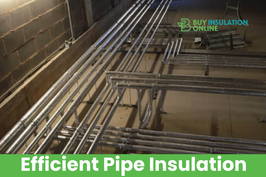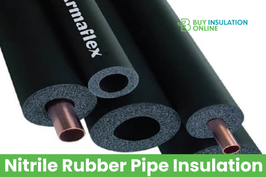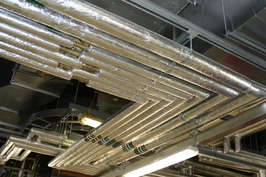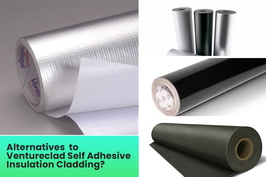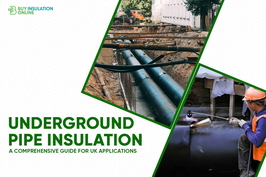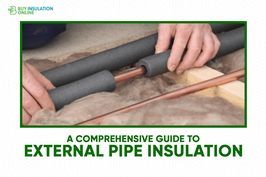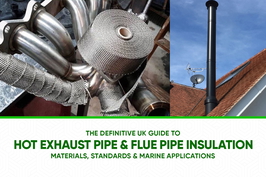Outdoor Insulation for Pipes
Outdoor pipe insulation plays a crucial role in safeguarding pipes against the elements, preventing temperature loss and freezing. Foam-based insulations, such as polyurethane or polyisocyanurate, are particularly favoured due to their resistance to moisture and ability to endure extreme temperatures.
Effective insulation not only reduces energy costs but also helps to avert pipe bursts and minimises condensation on the pipes. The selection of the appropriate material is largely influenced by the specific environmental conditions and the temperatures the pipes will experience.
For those seeking a detailed understanding of how to choose and maintain the best insulation options for outdoor pipes, it is beneficial to delve deeper into this subject.
Types of Materials Used in Outdoor Pipe Insulation
Outdoor pipe insulation employs a range of materials specifically designed to safeguard pipes from temperature fluctuations, moisture, and environmental damage.
Foam-based materials, such as polyurethane and polyisocyanurate, are commonly utilised due to their excellent thermal insulation properties and durability.
Polyurethane foam is particularly effective for refrigeration and chilled water pipes as it resists moisture and maintains its shape effectively. On the other hand, polyisocyanurate is adept at handling high temperatures, tolerating up to 300°F, and it's also fire-resistant, making it suitable for hotter environments.
Polystyrene foam is frequently employed for low-temperature pipes due to its stability and performance. Rigid foam, like foam glass, offers resistance to moisture and extreme cold, making it ideal for applications in LNG plants.
Closed-cell foam structures found in polyurethane and polyisocyanurate enhance energy efficiency by minimising heat flow and preventing moisture ingress. They are also resistant to environmental degradation and UV radiation, which is essential for outdoor applications.
These materials collectively contribute to the effective insulation of outdoor piping systems, ensuring their longevity and performance in various environmental conditions.
Key Properties to Consider When Selecting Insulation
When selecting insulation for outdoor pipes, it's essential to consider several key properties, such as thermal resistance, moisture resistance, and overall durability. These characteristics significantly impact the insulation's effectiveness in minimising heat loss, withstanding various weather conditions, and ensuring longevity. Thermal resistance determines how well the insulation prevents heat transfer and maintains the desired temperature within the pipe. Understanding these properties allows you to make informed decisions when choosing the appropriate insulation for specific environments and requirements. By focusing on factors like energy efficiency and the ability to resist moisture, you can enhance the performance of your insulation while protecting your pipes from damage and energy loss. Taking the time to evaluate these essential features will ultimately lead to a more effective and reliable insulation solution.
Thermal Resistance Levels
Selecting the appropriate pipe insulation necessitates an understanding of its thermal resistance levels, which play a crucial role in preventing heat transfer. In the UK, the K-value is the primary metric used to measure this resistance, with lower values indicating more efficient insulation. The effectiveness of insulation can also depend on its thickness; thicker layers typically reduce heat loss more effectively. R-Value represents insulating power or thermal resistance. Different insulation materials can significantly influence thermal resistance. For instance, fiberglass is known for its high thermal resistance, making it a popular choice for various applications. Polyethylene insulation offers moderate resistance and is lightweight, although it may be less effective at elevated temperatures. Elastomeric rubber, also with moderate resistance, is valued for its flexibility and weather resistance. Proper installation is vital to ensure that the insulation performs as intended, thereby optimising energy efficiency. Understanding these factors will help you make an informed decision when selecting insulation for your piping needs.
Moisture Resistance Capabilities
Moisture resistance is a crucial consideration when selecting pipe insulation, particularly for outdoor or damp environments. Insulation materials with excellent moisture resistance help prevent water absorption, which can lead to deterioration and the growth of mould. Fiberglass pipe insulation, for example, often requires vapor barriers to maintain their effectiveness in humid conditions. Materials such as elastomeric foam and closed-cell rubber are particularly effective, as their structures inhibit moisture penetration. For outdoor pipes, weatherproof coatings provide additional protection against rain and freezing temperatures. Certain insulation types, like fiberglass, require vapor barriers to maintain their effectiveness in humid conditions. Rigid foam insulation also offers durability in harsh weather, making it suitable for external use. Ultimately, choosing moisture-resistant materials ensures that the insulation remains effective over time, reducing long-term costs and maintaining a safe, reliable piping system.
Fire and Durability Factors
Fire and durability are crucial considerations when selecting pipe insulation, particularly for outdoor or industrial applications.
Fire resistance standards ensure materials can endure fire exposure for extended periods and cope with rapid temperature increases. These standards are vital for protecting structures from fire spread and potential structural failure. Integrating fire-rated pipe supports like Buckaroos® ensures compliance with industry standards such as ASTM E-87 Class A, providing critical safety benefits. Insulation must also withstand extreme conditions, such as hydrocarbon fires, which are prevalent in industrial environments, and maintain its integrity under mechanical stress caused by impact and vibration.
Durability is essential for ensuring long-term performance, despite the challenges posed by outdoor elements like UV rays and varying weather conditions. Utilizing materials with fire-resistant Polyphen™ rigid phenolic foam insulation enhances longevity and safety. Proper installation is key to ensuring that insulation remains effective during a fire.
Ultimately, choosing materials that comply with fire safety standards and offer high durability guarantees safer, more reliable pipe systems for demanding environments.
Installation Guidelines for Outdoor Pipe Insulation
Proper installation of outdoor pipe insulation is essential for protecting pipes from freezing, moisture damage, and temperature loss. To ensure effective insulation, follow these guidelines:
Carefully locate all pipes, particularly those in unheated or external spaces, and clean them thoroughly to remove any dirt, grease, or moisture that could undermine the insulation. Thorough cleaning enhances adhesion and effectiveness. Select the appropriate insulation material based on the climate and the size of the pipes, measuring and cutting sections accurately to prevent any gaps. Position pre-formed insulation evenly around the pipe, ensuring that all seams are securely sealed with self-adhesive strips or adhesives recommended by manufacturers. Secure the insulation using weatherproof fasteners or tapes, and consider adding protective layers such as weatherproof tape to keep out moisture and UV rays. Regularly inspect the insulation for integrity to maintain its effectiveness.
Benefits of Properly Insulated Outdoor Pipes
Insulating outdoor pipes provides numerous essential advantages that enhance their functionality and longevity.
Firstly, proper insulation significantly boosts energy efficiency by minimising heat loss. This helps to maintain hot water at the desired temperature while also lowering energy expenses. Insulated pipes maintain temperature better which reduces the workload on water heating systems.
Moreover, insulation serves as a protective barrier against freezing temperatures, which can lead to costly bursts and subsequent water damage during colder months.
In addition, insulated pipes are shielded from harsh environmental conditions such as UV rays, hail, and fluctuating temperatures. Over time, these elements can contribute to wear and tear, but insulation helps mitigate this risk.
Another benefit is the reduction of condensation. By minimising moisture build-up, insulation decreases the chances of mould growth and corrosion, promoting a healthier environment.
Insulation also plays a role in noise reduction, dampening sounds associated with pipe expansion and contraction. This results in a quieter outdoor setting, making it more pleasant for everyone nearby.
Choosing the Right Insulation Based on Pipe Temperature and Environment
Choosing the right insulation is crucial, as it varies based on whether pipes carry hot or cold fluids. Each type of fluid requires materials that are specifically designed to withstand their respective temperature ranges.
Furthermore, outdoor conditions play a significant role in selecting insulation. Factors such as moisture exposure and sunlight can greatly affect the durability and performance of the insulation material.
By making an informed choice, you can effectively protect the pipes, maintain their temperature, and ensure compliance with safety and energy standards.
Proper insulation not only enhances energy efficiency but also contributes to the longevity of the piping system, making it an essential consideration for any installation.
Hot vs. Cold Applications
When selecting insulation for pipes, it's crucial to understand the differences between hot and cold applications, as each requires distinct materials and thicknesses to ensure safety and efficiency.
Hot pipes, typically operating at temperatures above 105°F, necessitate insulation that can endure high heat while providing protection for personnel. In contrast, cold pipes, which carry fluids at temperatures ranging from 60°F to 105°F, focus on preventing condensation and minimising heat gain.
Hot pipe insulation must be capable of withstanding temperatures up to 300°F or more, often employing specialised foam or fibreglass with greater thickness. This ensures effective thermal resistance and safety.
Cold pipe insulation utilises foam materials with high R-values to limit heat transfer and avert moisture accumulation. This is essential for maintaining the integrity of the system and preventing potential issues related to condensation.
The appropriate insulation thickness varies based on temperature requirements, with thicker layers favoured for higher temperature pipes to prevent burns or energy loss.
Additionally, safeguarding both types of insulation from weather and physical damage is vital for preserving safety and performance. Proper maintenance and protection ensure that the insulation continues to function effectively, optimising the efficiency of your piping systems.
Environmental Resistance Needs
Selecting the appropriate insulation for outdoor pipes necessitates meticulous consideration of environmental factors, particularly temperature extremes and exposure conditions. The insulation must endure these extremes without compromising its effectiveness. Materials such as aerogel and vacuum-insulated panels provide excellent thermal stability in very hot or cold environments. It's crucial to align insulation performance with the pipe’s normal operating temperature to ensure long-lasting durability. Thermal conductivity influences how well an insulation material resists heat transfer, which is vital for maintaining pipe temperature stability over time. Moisture and humidity present additional challenges; solutions like closed-cell polyethylene and polyurethane foams effectively resist water ingress, thus preventing corrosion and performance degradation. Moreover, outdoor conditions require UV stabilisation and chemical resistance, with protective coatings enhancing the lifespan of the insulation. Mechanical durability is equally vital, as insulation is susceptible to impacts from weather, wildlife, and debris. Effective design, proper sealing, and ease of maintenance are essential for providing enduring protection, ensuring that pipes remain safe and efficient over time.
Maintenance and Care for Outdoor Pipe Insulation
Maintaining outdoor pipe insulation is vital to ensure it reliably protects pipes from freezing and damage. Regular inspections are key to identifying issues early on.
Start by examining the insulation for any cracks, gaps, or compression that could allow cold air to penetrate, thereby compromising the protection of your pipes.
It's also wise to review the insulation after storms or significant temperature fluctuations to detect any potential damage.
Be vigilant for signs of moisture or mould, as these can weaken the insulation and pose risks to your pipes.
Ensure that all fittings and joints remain secure, particularly in areas of frequent wear.
Effective insulation relies on proper upkeep. Before reapplying insulation, clean the pipes of any dirt and debris, and ensure that the surfaces are thoroughly dried to prevent moisture accumulation.
Address any torn or damaged sections without delay, using suitable fasteners or additional wraps as necessary.
Consistent care not only preserves the integrity of your pipes but also extends the lifespan of the insulation, providing peace of mind throughout the year.
Comparing Foam, Fiberglass, and Mineral Wool for Outdoor Use
Outdoor pipe insulation options include foam, fiberglass, and mineral wool, each with unique strengths and limitations.
Mineral wool typically offers superior R-values compared to fiberglass, providing more effective heat retention and cold protection. Its lower thermal conductivity makes it a robust choice for outdoor conditions.
Foam insulation, such as polyurethane foam, is known for its higher R-values per inch, which makes it an efficient option for those seeking space-saving solutions.
Fiberglass provides good thermal resistance but is less effective in outdoor settings due to its tendency to absorb moisture, which can diminish its insulation capabilities.
Mineral wool’s resistance to water, fire, and adverse weather conditions makes it particularly suitable for outdoor use.
While installation methods may vary, the durability of mineral wool often outweighs the ease of handling associated with fiberglass or foam.
This makes mineral wool a reliable choice for those seeking long-lasting protection for outdoor pipes.
Addressing Common Challenges in Outdoor Pipe Insulation
Outdoor pipe insulation encounters several prevalent challenges that can diminish its effectiveness and longevity.
Environmental factors, such as rain, snow, and humidity, can lead to the deterioration of insulation and compromise its thermal performance. Prolonged exposure to UV radiation can degrade materials unless they're safeguarded by UV-resistant coatings. Fluctuations in temperature can cause expansion and contraction, which may result in cracks or delamination.
Additionally, physical impacts from wind, hail, or debris can damage insulation surfaces, thereby shortening their lifespan. Lastly, pests, including rodents and insects, may gnaw or nest within the insulation, undermining its structural integrity.
To effectively combat these issues, it's crucial to:
Utilise weatherproof jacketing to shield against moisture and UV rays.
Choose durable materials that can endure temperature variations.
Install robust protective layers to resist impacts.
Ensure all joints are sealed tightly to prevent pest intrusion and water ingress.
Tips for Extending the Life of Your Outdoor Pipe Insulation
Regular inspection is vital for extending the life of outdoor pipe insulation. It enables you to spot damage early, thereby preventing expensive repairs and maintaining efficient performance. Particular attention should be paid to vulnerable areas such as joints, bends, and connection points. Using a torch can help uncover hidden issues beneath coverings.
To illustrate, consider the following:
Inspection Area |
Signs to Look For |
Repair Methods |
| Insulation Surface | Cracks, tears, gaps | Replace or reseal |
| Moisture Presence | Mould, damp spots | Dry and remove mould |
| Connection Points | Wear or damage at joints | Re-seal or replace parts |
| Under Covering | Hidden cracks or mould | Use proper lighting |
Conclusion
Proper outdoor pipe insulation safeguards pipes against extreme temperatures, minimises energy loss, and helps prevent freezing and bursting. By selecting appropriate materials, adhering to installation guidelines, and conducting regular maintenance, homeowners can significantly extend the lifespan of their insulation.
Understanding the distinctions among foam, fibreglass, and mineral wool is essential for making informed decisions tailored to specific environments. Each material offers unique benefits, allowing homeowners to choose the most suitable option for their needs.
Investing in high-quality insulation not only ensures reliable pipe performance but also reduces the likelihood of costly repairs. This makes it a practical and effective solution for outdoor piping systems, providing peace of mind and enhancing the efficiency of your home.
